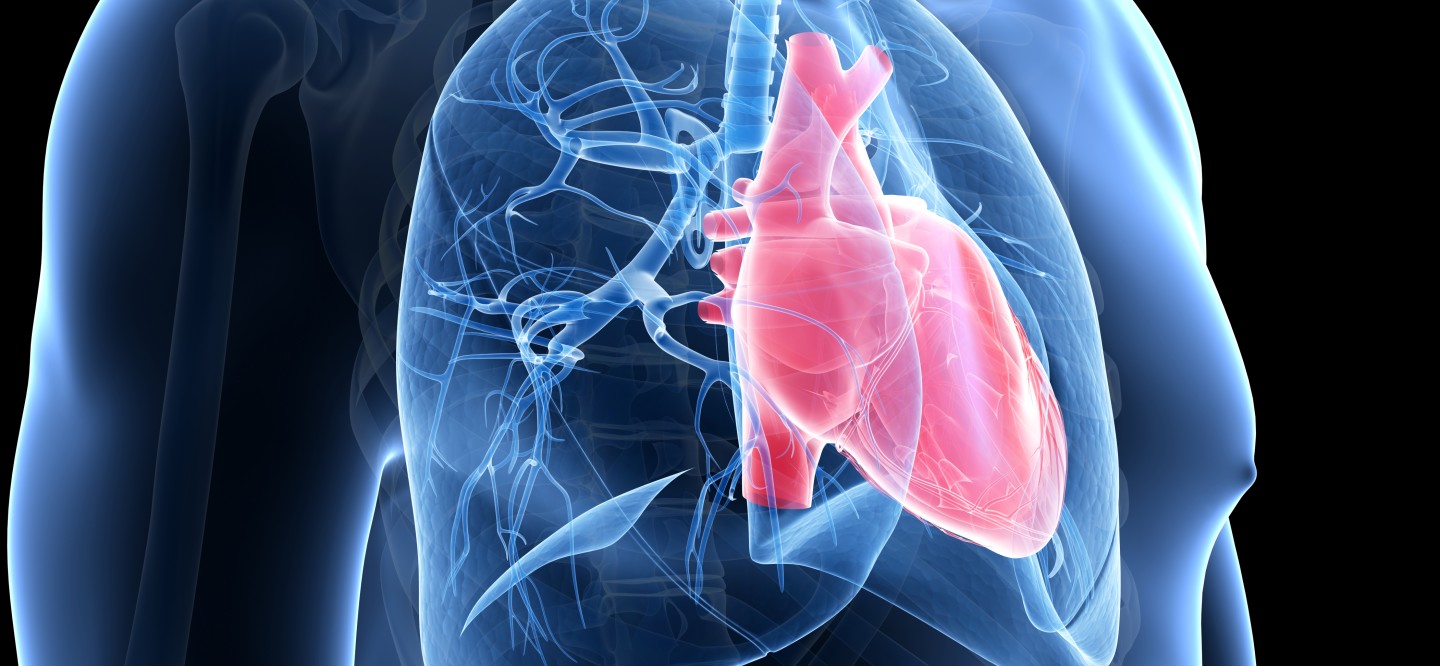Pulmonary Arterial Hypertension
Hypertension of the pulmonary artery (PAH) is a condition that affects the pulmonary arteries, and it leads to the streets having high blood pressure, leading to right-sided heart failure. In some instances, PAH may affect other areas of the circulatory system such as kidneys, the brain, the liver, muscles of the skeletal system, the gastrointestinal tract, skin, eyes, throat, nose, and ear.
The cause depends on the individual. Certain patients do not have any known causes, while others have well-known causes such as connecting tissue issues, congenital anomalies, and certain medicines.
Symptoms
If you’re currently suffering from Pulmonary Artery Hypertension (PAH) symptoms, you may have an illness that can cause serious harm if not addressed correctly. The cause of PAH is various things, including congenital disorders, heart disease, lung disease, collagen disorders and high blood pressure, an autoimmune condition, specific medicines, and idiopathic reasons. PAH symptoms include shortness of no breath, coughing, chest pain, leg swelling and fatigue, headaches, muscle cramps, and dizziness. If you’re suffering from any of the symptoms listed above, follow the link below to find ways to prevent severe complications and even death.
Causes
Pulmonary hypertension is an unnatural rise in blood pressure in the pulmonary arteries that causes them to narrow and stiffen. This causes a decreased inflow of blood to the lungs, making breathing difficult. There are two kinds of pulmonary hypertension: primary (idiopathic) and secondary. Primarily, pulmonary hypertension results from genetic changes that cause an overgrowth of pulmonary arterial arteries. Secondary pulmonary hypertension happens when other diseases result in inflammation or damage to the lung’s tissue. The pulmonary artery walls get stiffer and thicker due to scarring, leading to higher pressure. Both forms of pulmonary hypertension could eventually cause heart failure, right ventricular hypertrophy, and even death.

